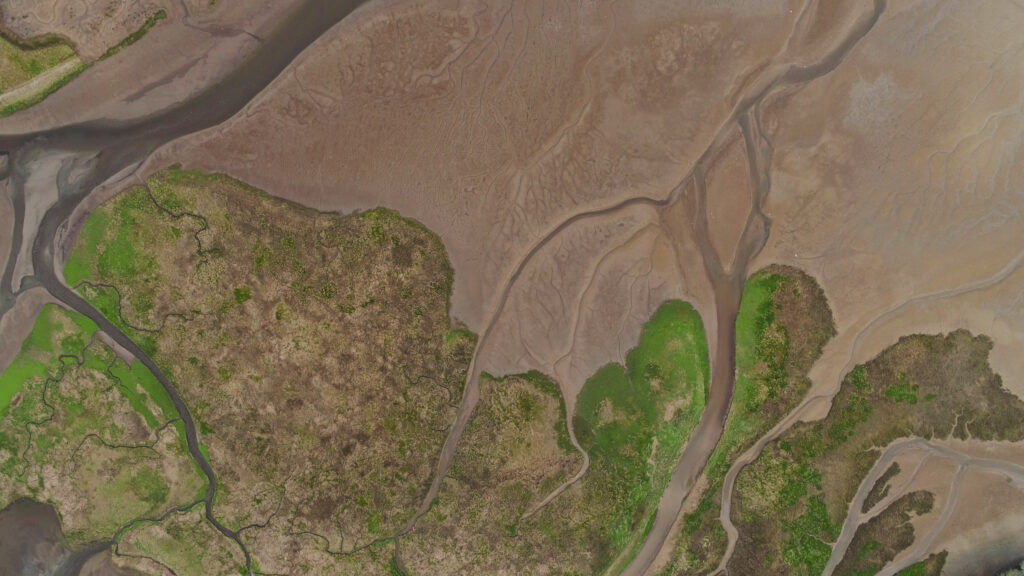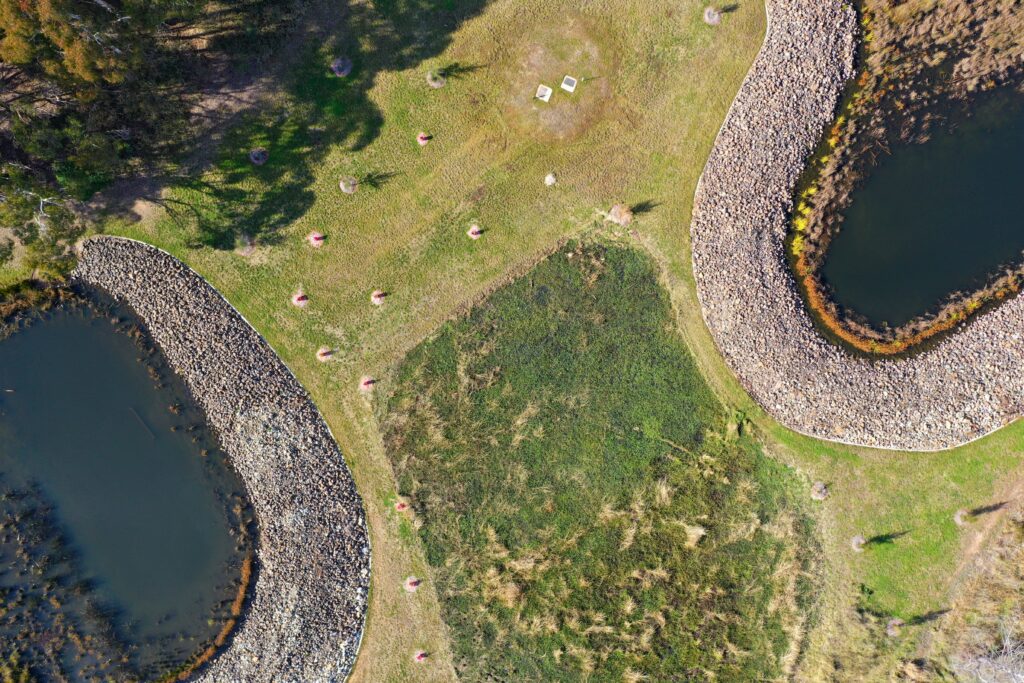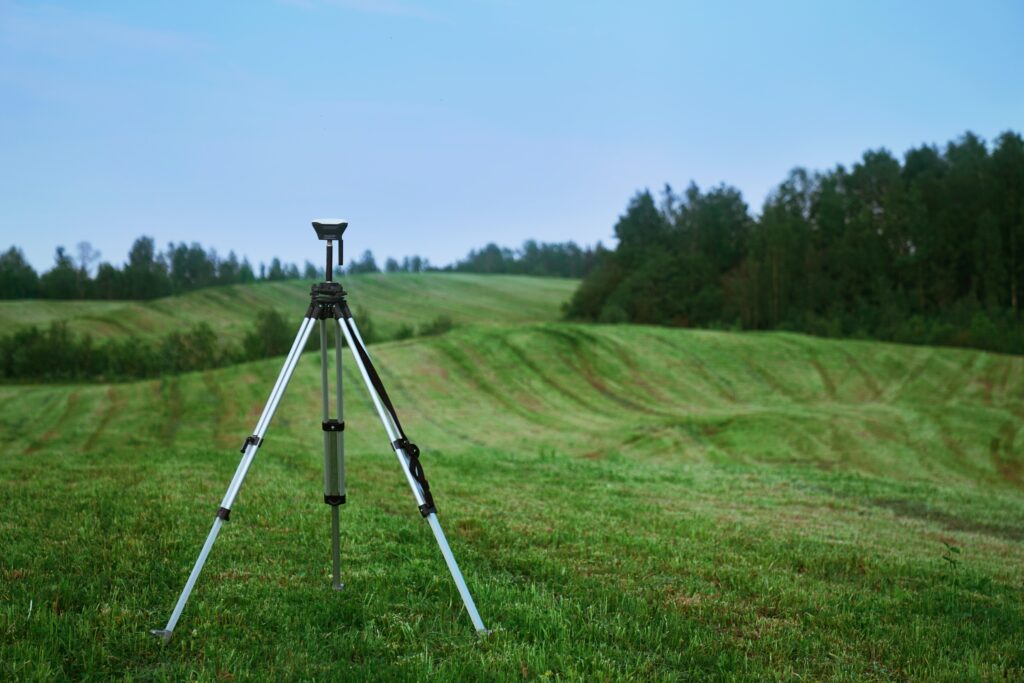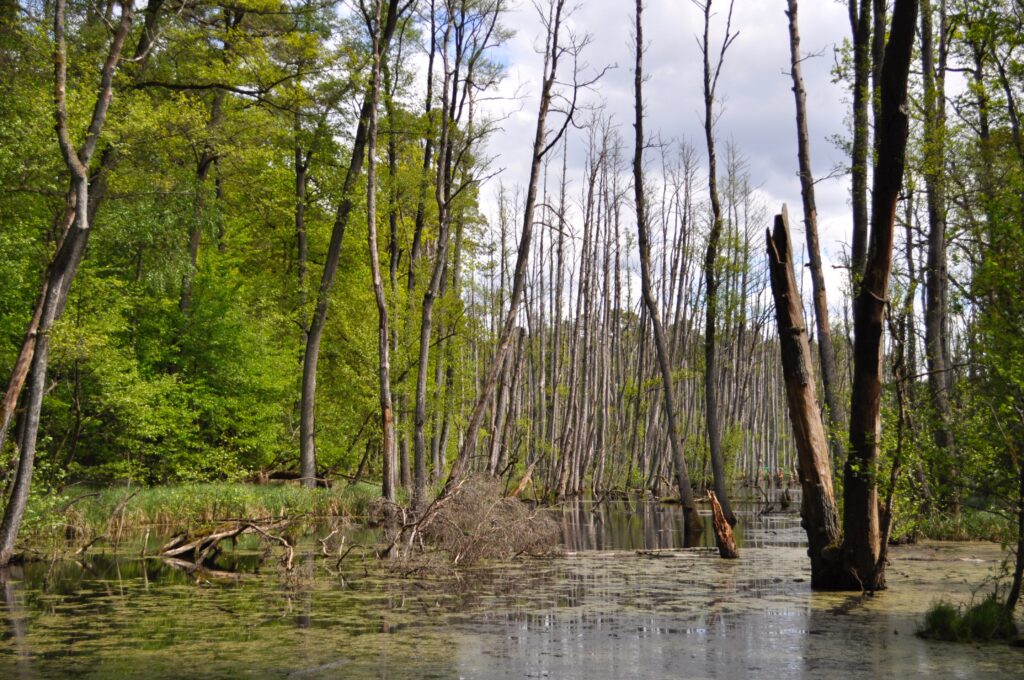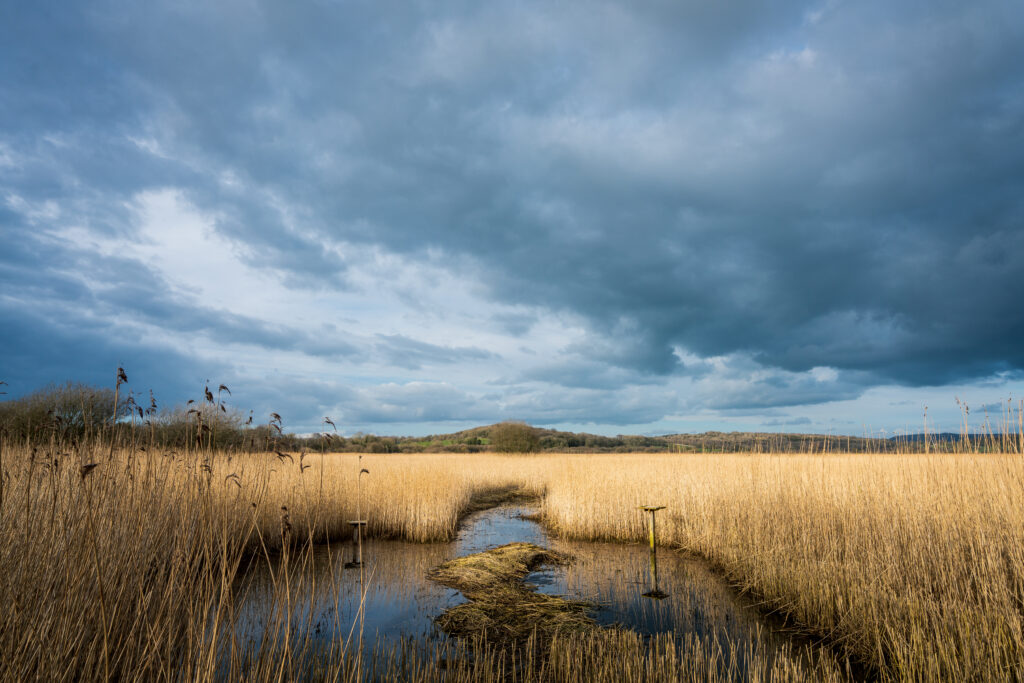Habitat Mapping Services
Introduction
Habitat mapping is one of Wild Ecology’s core services. Our team of ecologists have a wealth of experience in mapping a wide range of terrestrial habitats throughout the UK. We have extensive experience of traditional boots-on-the-ground mapping as well as the use of aerial and satellite imagery to create maps in a variety of locations and environments.
Habitat Classification Types
We have experience in a range of habitat mapping styles, with the expertise to advise the correct classification system for your use.
Our services include various mapping classification systems:
- Phase 1 Habitat Survey
- National Vegetation Classification Mapping
- UK Habitat Classification
- UK BAP Priority and Broad habitats
- Designation Mapping
- Bespoke
Phase 1 Habitat Mapping
The Phase 1 habitat classification and methodology, as published originally by the Nature Conservancy Council in 1990 and reprinted with minor revisions by JNCC, has been widely used throughout Britain for a diverse range of purposes.
It has largely stood the test of time and continues to be used as the standard ‘phase 1’ technique for habitat surveys across the UK. The responsibilities of the former Nature Conservancy Council are now held by the three country agencies, Natural England, Scottish Natural Heritage and the Countryside Council for Wales, with JNCC now maintaining common standards across the UK. Only a few minor changes have been made for the 2010 edition of the handbook. The operational guidance for Phase 1 mapping can be found on the JNCC website.
A Phase 1 Habitat Survey, sometimes also referred to as a Preliminary Ecological Appraisal, is a survey that takes on board all the flora and fauna of a site, providing a snapshot of the landscape and surrounding area. An experienced ecologist carries out a Phase 1 survey in order to record all wildlife, inhabitants and any water features that are present on the site. All boundaries are recorded as part of the survey too. This initial phase of survey is the industry standard for all UK ecologists.
Wild Ecology are greatly experienced in undertaking Phase 1 habitat assessments. Please get in touch with your project details for a quotation.
National Vegetation Classification Mapping
The National Vegetation Classification (NVC) is one of the key common standards developed for the country nature conservation bodies. The original project aimed to produce a comprehensive classification and description of the plant communities of Britain, each systematically named and arranged and with standardised descriptions for each.
It was originally commissioned in 1975 by the Nature Conservancy Council (NCC) and was intended as a new classification. For further information on the National Vegetation Classification, visit the NVC webpage.
NVC mapping is frequently seen as the most in-depth of habitat mapping. Due to this NVC mapping requires habitat specialists. Wild Ecology has a range of specialists, but we require you get in touch to find out if your site can be surveyed by our consultants.
UK Habitat Classification
The UK Habitat Classification is a new, free-to-use, unified and comprehensive approach to classifying habitats, designed to provide a simple and robust approach to survey and monitoring for the 21st century.
The new classification, which covers terrestrial and freshwater habitats, is flexible enough for use in a wide range of survey types from walkover surveys of small urban sites to regional and national scale rural habitat mapping.
The classification, which includes a comprehensive Professional Edition and an abridged Basic Edition, will be a valuable tool for species and habitat research, ecological impact, ecosystem services and biodiversity net gain assessments. Further information can be found here.
UK BAP Priority and Broad habitats
This is a UK-habitat classification prepared by the UK Biodiversity Group that classifies all terrestrial and freshwater habitats in the UK into 37 broad habitat types. UK BAP Priority Habitats are a range of semi-natural habitat types that were identified as being the most threatened and requiring conservation action.
The original Priority Habitat list was created between 1995 and 1999 and revised in 2007. The list of Priority Habitats has been used to help draw up statutory lists of habitats of principal importance for the conservation of biodiversity in England, Scotland, Wales and Northern Ireland. The suite of habitats of principal importance for the conservation of biodiversity (formerly Priority Habitats) nest into the defined Broad Habitat Types. Further information can be found here.
Designation Mapping
The UK has many different types of Protected Areas; some are established solely for nature conservation, while others serve a range purposes including nature, landscape and amenity values.
Protected sites are designated for specific features, which include species, habitats and geological and geomorphological characteristics. Fundamental to understanding the condition of these features is the requirement of monitoring, which in terns relise on knowledge of where features are across protected sites.
Wild Ecology have experience mapping designated features within a range of protected areas.
Bespoke Mapping
Mapping of habitats and species are used in many scenarios for various uses. Wild Ecology are always keen to hear about your mapping requirements and enjoy the challenge of a new system.
